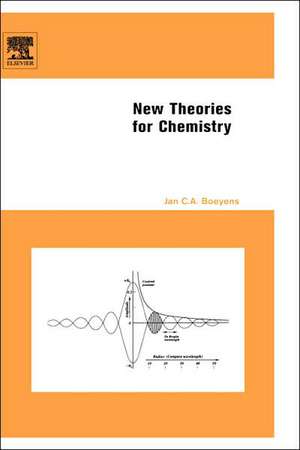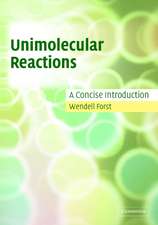New Theories for Chemistry
Autor Jan C. A. Boeyensen Limba Engleză Hardback – 27 apr 2005
- Re-examines basic theories, such as electronegativity and electron spin, and introduces new theory
- Full of practical experiments and examples
- Is an excellent single reference source
Preț: 1155.67 lei
Preț vechi: 1583.11 lei
-27% Nou
Puncte Express: 1734
Preț estimativ în valută:
221.14€ • 236.47$ • 184.38£
221.14€ • 236.47$ • 184.38£
Carte tipărită la comandă
Livrare economică 18 aprilie-02 mai
Preluare comenzi: 021 569.72.76
Specificații
ISBN-13: 9780444518675
ISBN-10: 0444518673
Pagini: 292
Ilustrații: 1
Dimensiuni: 165 x 240 x 17 mm
Greutate: 0.67 kg
Editura: ELSEVIER SCIENCE
ISBN-10: 0444518673
Pagini: 292
Ilustrații: 1
Dimensiuni: 165 x 240 x 17 mm
Greutate: 0.67 kg
Editura: ELSEVIER SCIENCE
Public țintă
Theoretical and physical chemists. Physicists. Students and researchers at university and institutional librariesCuprins
The Symmetry Laws of Nature. Mathematical Structures in Chemistry. Bohmian Mechanics. Structure of the Electron. Chemical Concepts. Molecular Structure.The Chemical World.
Recenzii
"The book is recommended for theoretical chemists, graduate level and up, and possibly for very advanced undergraduates." --Choice










